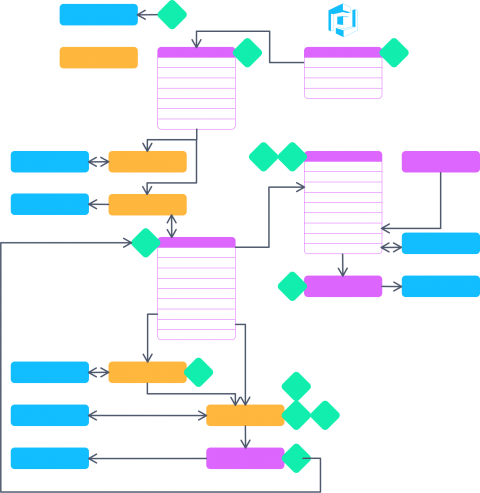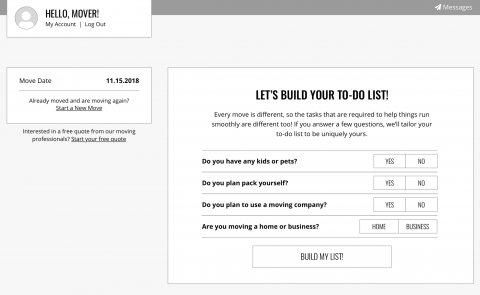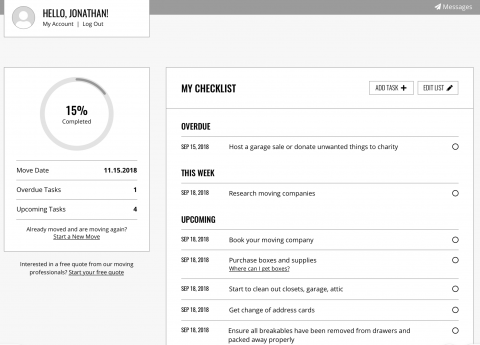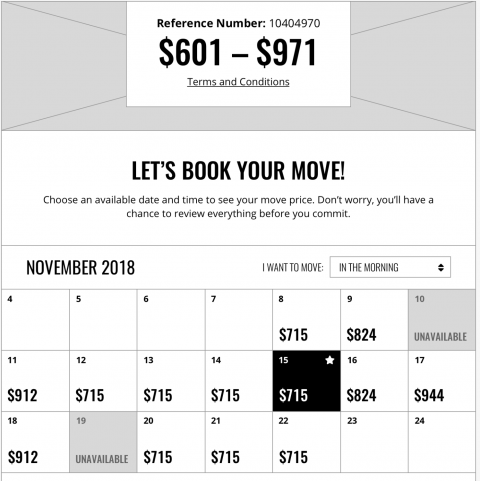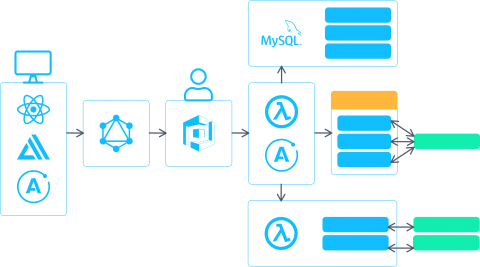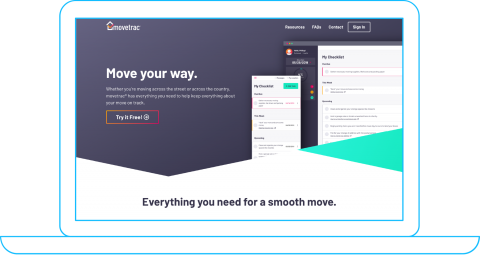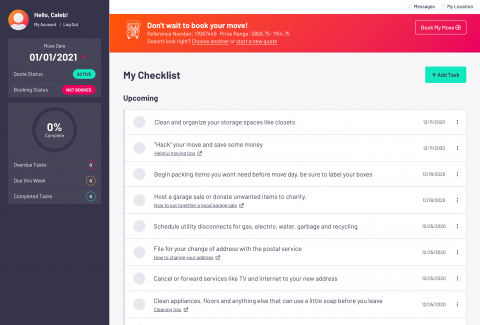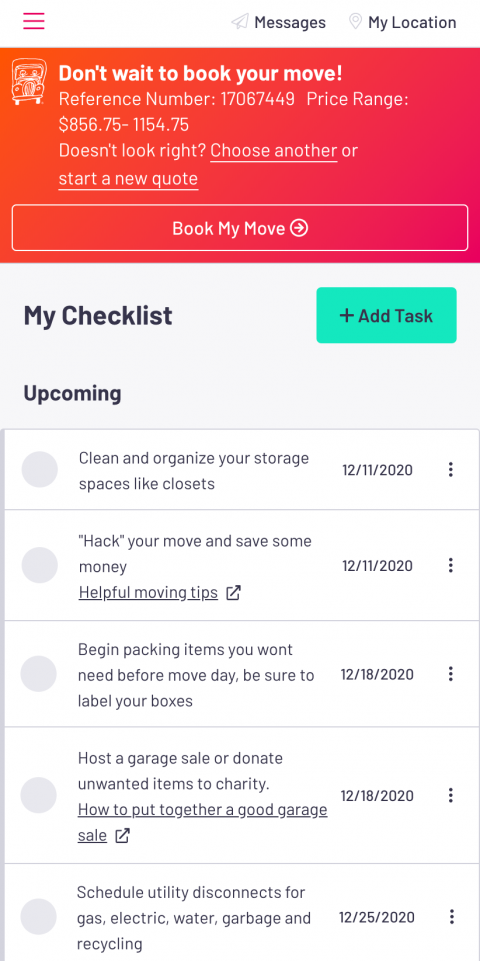
Our friends at TWO MEN AND A TRUCK wanted to take some of the stress out of moving by providing a free app to help people organize their move. With over 30 years experience in executing stress-free moves for customers, TWO MEN AND A TRUCK was uniquely suited to help bring order to this often chaotic process.
Users receive a personalized to-do list filled with tasks, activities and helpful tips. Though the app is valuable for anyone who is moving, users who hire TWO MEN AND A TRUCK get extra help with planning and scheduling. RDG built an app for mobile and desktop browsers using React, and a serverless GraphQL backend for storing data and connecting to TWO MEN AND A TRUCK’s internal systems.
